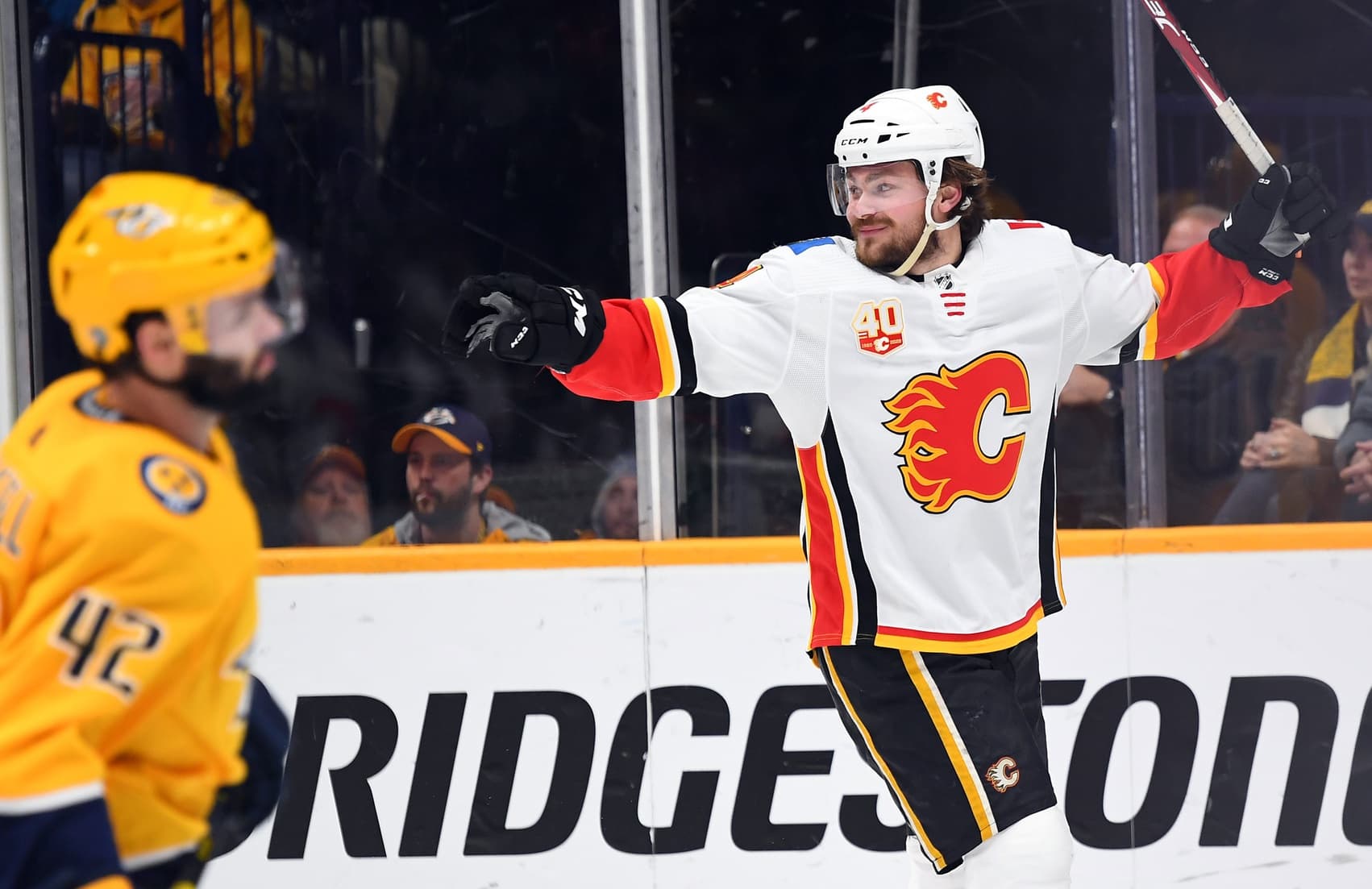CBA School: Exhibit 1 – Standard Players Contract

By Ryan Pike
3 years agoWe’re headed into the back parts of the CBA, where they throw in attachments that are frequently referenced in the main document. The first of two main exhibits that’s worth reviewing is the Exhibit 1: Standard Players Contact.
The attachment in the CBA is the main template for contacts.
Paragraph 1 sets salary and is one of the few places that is up for negotiation – if the deal is one-way or two-way, if there’s a difference between salary from year to year, and so on. When a contract is filed with the Central Registry, they check to make sure the salary agreed upon doesn’t violate anything in Section 50 and to make sure that the player is eligible to be signed at that time.
Beyond that, the rest of the SPC is fairly boilerplate and reiterates a lot of things mentioned in the main CBA document. (From a legal standpoint, restating these restrictions on a document individual players agree to rather than the NHLPA as a whole is probably meant to cover everyone’s butts.)
Paragraph 2, sub-section E is the morals clause: Players are “to conduct himself on and off the rink according to the highest standards of honesty, morality, fair play and sportsmanship, and to refrain from conduct detrimental to the best interest of the Club, the League or professional hockey generally.”
Per paragraph 7, a player can’t play another sport during their SPC without team permission. Per paragraph 8, the league has permission to use player likenesses for making. Per paragraph 9, players can’t gamble on games. Per paragraph 10, players can’t tamper with other players under contract with other teams. Per paragraph 11, players have to go play elsewhere if they’re assigned to another club (traded, re-assigned, or waived).
Paragraph 13 defines buyout rights. Basically, there’s a two week period prior to the opening of free agency where teams can buy out contracts after placing a player on unconditional waivers. The player’s age when the team decides to invoke paragraph 13 determines how much money they get from their team – players younger than 26 get one-third of their remaining salary (over twice as many years as they have left on the deal), while players 26 or older get two-thirds. (The logic is probably that older players are less likely to get signed again.)
Paragraph 14 defines non-buyout terminations. They also involve unconditional waivers, but involves a player failing to live up to their contractual obligations – refusing to report to a minor league assignment is a fairly common reason – and involves them getting no further pay from the NHL club.
Paragraph 15 says that if the league tells the team that a player is suspended, they can’t play. Paragraph 16 says that if the league suspends a player, the team has to withhold their salary for the specified period.
Suddenly relevant right now, paragraph 17 describes what happens if a season is disrupted:
If because of any condition arising from a state of war or other cause beyond the control
of the League or of the Club, it shall be deemed advisable by the League or the Club to suspend or cease or reduce operations, then:
(a) in the event of suspension of operations, the Player shall be entitled only to the
proportion of Paragraph 1 Salary due at the date of suspension,
(b) in the event of cessation of operations, the Paragraph 1 Salary shall be
automatically canceled on the date of cessation, and
(c) in the event of reduction of operations, the Paragraph 1 Salary shall be replaced
by that mutually agreed upon between the Club and the Player, or, in the absence of mutual agreement, by that determined by neutral arbitration.
Recent articles from Ryan Pike





